 Written by Morgan Hopkins, DPT, CMTPT
Written by Morgan Hopkins, DPT, CMTPT
Vibration therapy has an interesting history, dating back over 100 years ago. It started in 1867 when Gustav Zander - a physician and inventor from Russia - invented a device using weights and pulleys to create vibration for therapeutic purposes.
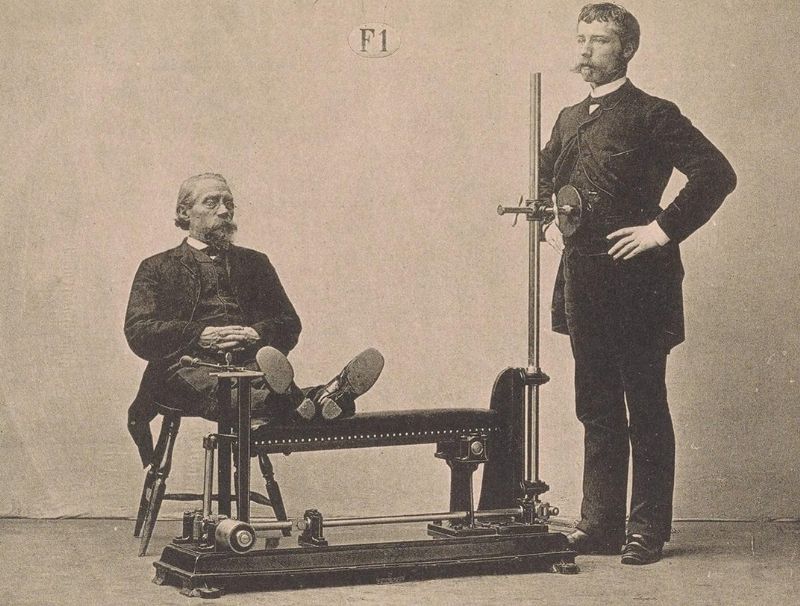
Subsequently, in 1895, Dr. John Harvey Kellogg (yes, that Kellogg!) began using vibration therapy in his medical practice. Kellogg invented a vibrating chair that he claimed could aid in improving circulation and alleviating constipation.
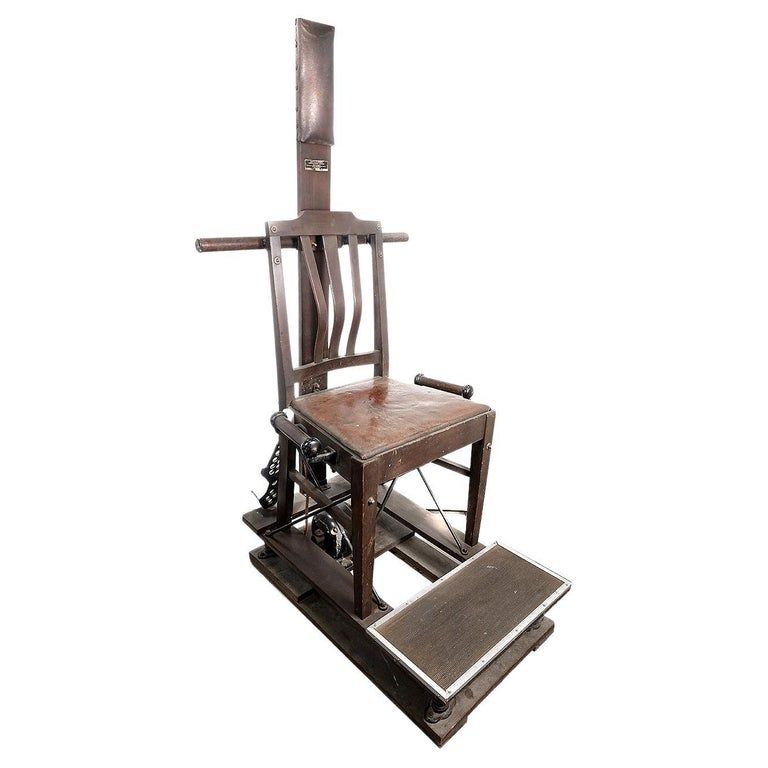
Fast forward to the Russian space program in the 1970s. Researchers discovered that astronauts suffered from alarming rates of bone loss due to prolonged exposure to weightlessness. Despite hours spent each day working out, reduced bone mineral density persisted. NASA scientists soon discovered that vibration therapy could have a beneficial effect on bone loss and could be accomplished by standing on a vibrating plate for only 10-20 minutes per day! NASA uses vibration therapy to this day, and they continue to research its effectiveness.
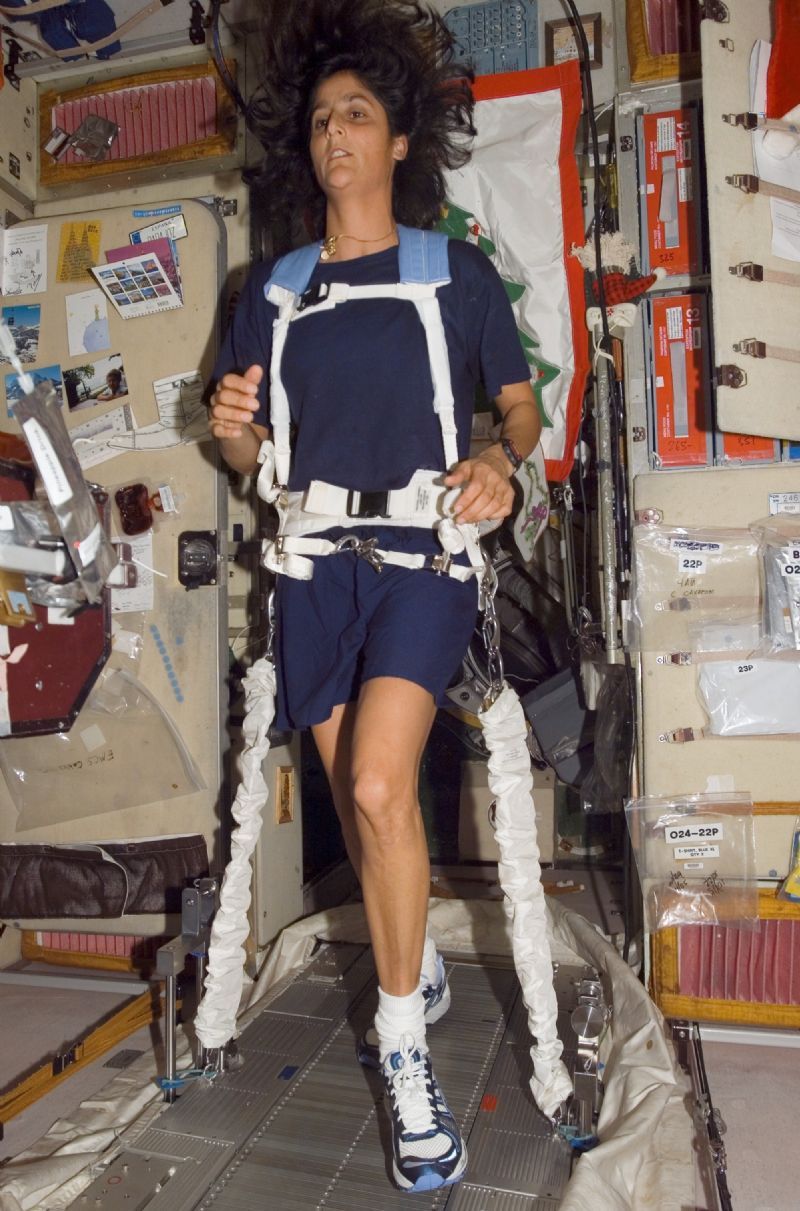
Today, vibration therapy is primarily utilized for bone strengthening, pain management, and circulation.
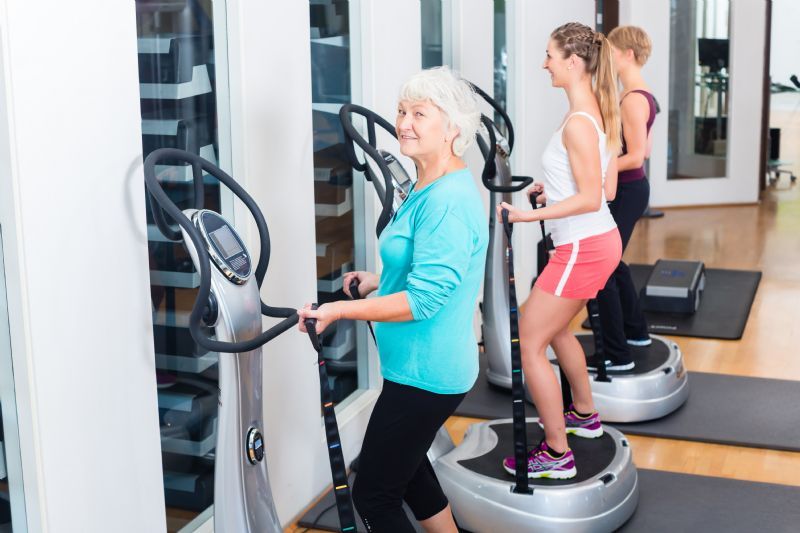
Vibration therapy is a physical therapy technique that uses forced vibration stimulation to boost the treatment’s impact. Vibration therapy involves a vibration plate used to generate and relay the desired amount of vibration to the body.
During vibration therapy, repeated and rapid skeletal muscle contractions advance and optimize the efficiency of numerous body systems.
There are two types of vibration therapy. The first is called whole-body vibration therapy (WBVT) and the second is called targeted vibration therapy (TVT).
New research is analyzing vibration therapy’s usefulness for treating various conditions including migraine headaches and Parkinson’s disease. Initial findings are promising. It is believed that vibrational therapy can provide numerous health benefits, including:
While undergoing whole-body vibration therapy, you will stand up, sit, or lay on a machine that includes a vibrating platform. Vibrations transmit through your body, causing your muscles to contract and relax.
Optimal results from vibration therapy are dependent upon the intensity and direction of the vibration. Some machines deliver only vertical vibrations. Other machines provide vibrations that go up and down, sideways, and front to back. It is believed these up and down vibrations most efficiently create rapid muscle contractions.

Vibration exercise causes stimulation of bones through muscle contractions and regulates the acceleration of osteoblast or bone-growing activity. This mechanical stimulation provided by WBVT enhances bone mineral density and promotes strong, strengthened bones.
Among the most exciting applications of vibration therapy is the treatment of osteoporosis. Improving bone density means fewer broken bones, which is especially beneficial for older adults. WBVT also increases bone mineral density (BMD) in the femoral neck, which is where most hip fractures occur. A study analyzing clinical research concluded that WBVT could also reduce the incidence of chronic back pain.
Another osteoporosis treatment includes increasing bone mineral density for postmenopausal women, who are most likely to suffer the loss of bone density secondary to depleting stores of estrogen. Certain vibrations encourage your body to produce more cells called osteoblasts that encourage bone growth. Studies done on a cellular level suggest that WBVT can cause hormonal changes that slow the advance of osteoporosis.
Patients with rheumatoid arthritis (RA) run a higher-than-normal risk of developing osteoporosis. This is due to a multitude of factors including the tendency for a sedentary lifestyle since so many deal with chronic pain. As a treatment for rheumatoid arthritis, WBVT stimulates bone loading through forced oscillation. This process targets the musculoskeletal system to provide the necessary mechanical signals for those lacking the ability to perform weight-bearing exercises to build and maintain musculoskeletal strength. WBVT also slows the loss of BMD for RA patients, without the pain that conventional exercise can cause them.
WBVT increases their ability to perform activities of daily living, which can boost their mood, confidence, and overall quality of life.
Skeletal muscles and lymph vessels are tightly intertwined. Vibration therapy causes muscle contractions, which produces external pressure on lymph vessels. This process aids in lymph flow and facilitates lymph drainage.
Vibration therapy is a natural and safe treatment for swelling caused by lymphedema. It is recommended to use a WBVT plate. Users report that they can see drainage improvements within a few days of using vibration therapy.
WBVT increases your peripheral blood circulation without altering the amount of oxygen available for your muscles. The type and speed of vibration are the main factors that affect the treatment’s results. Vibration can be utilized to induce repeated and rapid contraction of your skeletal muscles, which is essential to pump your blood back to your heart.
These skeletal muscle contractions cause the intertwined blood vessels to react. The pressure caused by these muscle contractions allows your body to provide adequate blood distribution.
People who can most benefit from WBVT include seniors with poor circulation. Many patients report higher energy levels after undergoing WBVT. This is due to the increased amount of oxygen in the blood that vibration therapy causes.
Those who have suffered an injury can also benefit from vibration therapy. Depending on the nature of the injury, conventional rehab exercises may not be practical or even possible. Undergoing WBVT can increase blood flow enough to heal the injured tissue.
TVT may also be utilized by honing the vibrations in on the injured area.
Chronic muscle injury is often the result of repeated muscle injuries that cause the development of scar tissue. Over time, the scar tissue replaces the original muscle fibers. This can adversely affect your muscle strength and functionality, as the scar tissue is usually permanent and causes chronic muscle issues.
However, the dynamic effect of muscle contraction achieved with vibration therapy can gradually break down fibrous scar tissue. This allows new muscles to form and replace the scar tissue. The muscle restoration that vibration therapy provides is a successful solution for chronic muscle injury.
Additional early research has shown that WBVT helps your endocrine system produce enzymes that control your metabolism. Improving your metabolism can help you lose weight. Hypothetically then, if you want to drop a few pounds, fifteen minutes of WBVT three times a week can help you burn fat and lose that extra weight.
WBVT also improves your circulation and flexibility, enhances blood flow, and reduces post-workout muscle soreness. If you can safely add aerobic exercise to WBVT, you will achieve your weight loss goals even faster.
WBVT is useful to improve balance and gait issues for people with neurological disorders, such as those who have had a stroke. In addition, there is new research that claims vibration therapy can assist users with Parkinson's Disease.
Many people with these disorders experience something called freezing of gait, which is the body’s inability to walk despite the brain’s intention for the legs to get moving. Researchers have found that targeted vibration therapy can help reduce the freezing of gait, increase mobility, and improve the quality of life.
WBVT can help relieve pain caused by fibromyalgia, lower back pain, and various chronic conditions. Vibration plates used during treatment decrease your pain level while healing any injuries. This is possible because the vibrations send messages to the brain to alleviate your pain. Patients with arthritis and osteoporosis can also benefit from WBVW.
An important part of physical conditioning is joint flexibility. Flexibility improves your range of motion and helps prevent injury. Reports suggest that WBVT can improve your flexibility. A 2015 study conducted by researchers from the University of Texas–El Paso found that eight weeks of WBVT decreased the risk of falls for seniors by improving their ankle joints’ range of motion.
Research suggests WBVT can help sedentary and older people regain muscle strength. By stimulating the muscles, tendons, and ligaments, vibration therapy improves joint health, range of motion, and functionality,
Exercise treatment with vibration therapy can help athletes decrease pain and improve their agility and flexibility. Athletes often include vibration therapy in their training regimen to build strength and prevent muscle injuries.
When you are standing on a vibration plate, your muscles contract at a speed of thirty to fifty contractions a second. These rapid muscle contractions strengthen your muscle tissue. They also can improve your flexibility and balance, leading to better athletic performance all around.
Vibration therapy also offsets delayed onset muscle soreness (DOMS), a common muscle injury that puts a damper on your training regimen and negatively impairs athletic performance. Vibration therapy improves neuromuscular function and reduces inflammation, resulting in less post-workout soreness and pain.
When your body's oxygen level is low it breaks down carbohydrates to produce energy. During this process, lactic acid, which is produced in your muscle and red blood cells, is formed. It is common for your body's oxygen level to drop during exercise. All exercise creates lactic acid, which takes up residence in your muscles.
Lactic acid buildup results in tired muscles that may not contract efficiently. It can also cause a burning sensation in the affected muscle tissue. Vibration therapy provides quick and efficient fatigue recovery, especially when used as a cool-down exercise for women and seniors.
Chronic pain manifests from many sources. Common culprits that cause chronic pain include inflammation, arthritis, and diabetic neuropathic (nerve) pain. Chronic pain can limit a person’s ability to function independently. People suffering from chronic pain can feel isolated and depressed because of the limitations imposed on them by their condition.
Prescription pain-relief medications often cause undesirable and sometimes dangerous side effects. Additionally, pharmaceutical treatment is usually not indicated for milder forms of arthritis and other disorders.
When pain medication is not an appropriate intervention, vibration therapy can be a game changer for those living with chronic pain.
Gloves and wraps designed for targeted vibration therapy (TVT) are applied to the affected area, such as your feet if you suffer from diabetic neuropathy. Vibration therapy disrupts the pain signals sent from your brain to your body to alleviate your discomfort. As an added bonus, gentle vibration decreases your pain and improves your circulation.
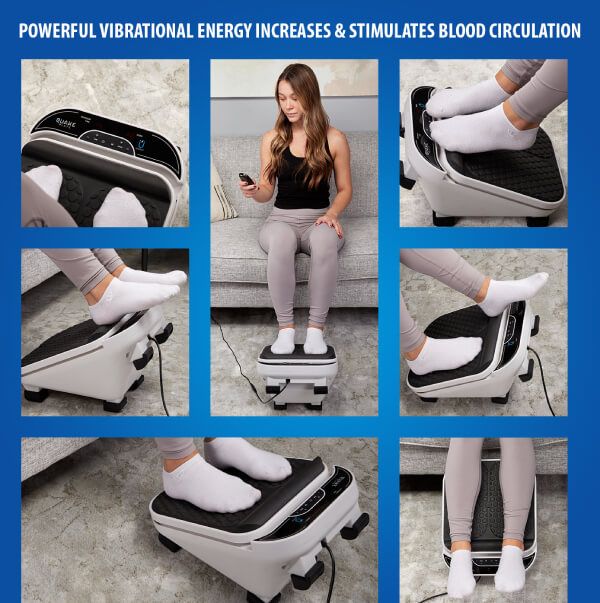
Vibration therapy, both whole body and targeted, are promising treatment options to manage chronic pain, improve balance and mobility, and build bone strength.
When WBVT is combined with exercise, the benefits of both will increase, improving your overall health.
Vibration therapy delivers noticeable results faster than traditional physical therapy so patient compliance with a vibration therapy treatment regimen is high. Of course, before using vibration therapy to treat a serious medical condition, discuss with your primary healthcare provider to ensure you can safely use this life-altering therapy.

Morgan Hopkins is a licensed doctor of physical therapy and freelance medical writer. She practiced clinically in outpatient orthopedics for 8+ years specializing in intramuscular dry needling, dance medicine, and post-operative care. Morgan seeks to be a leader in the continued shift toward preventative healthcare, helping people optimize movement now so they can move for years to come. She is a firm believer in complementary therapies, holistic wellness, and functional fitness and is thrilled to be able to educate others through Rehabmart’s platform.